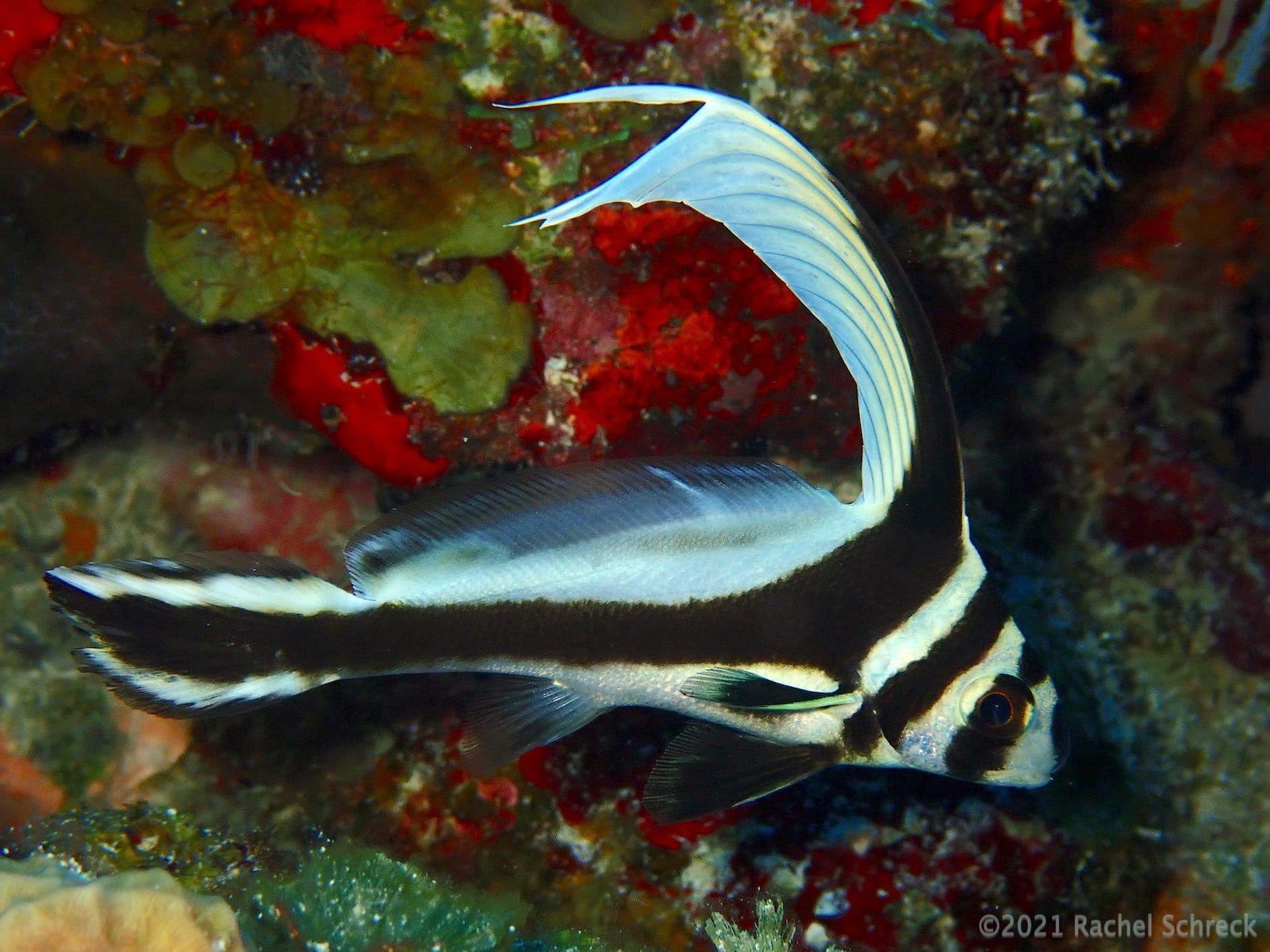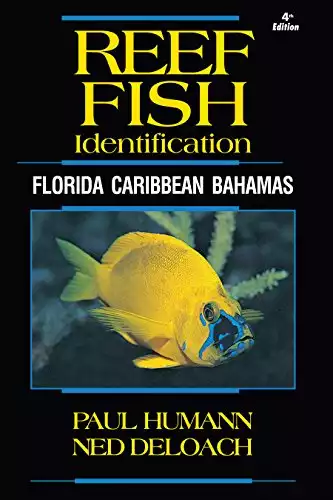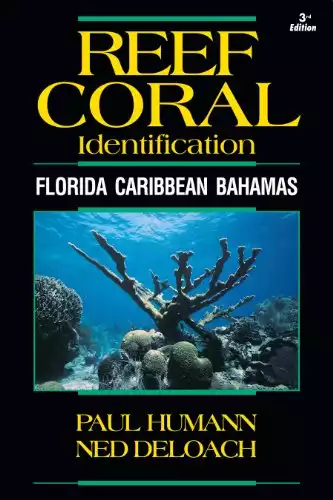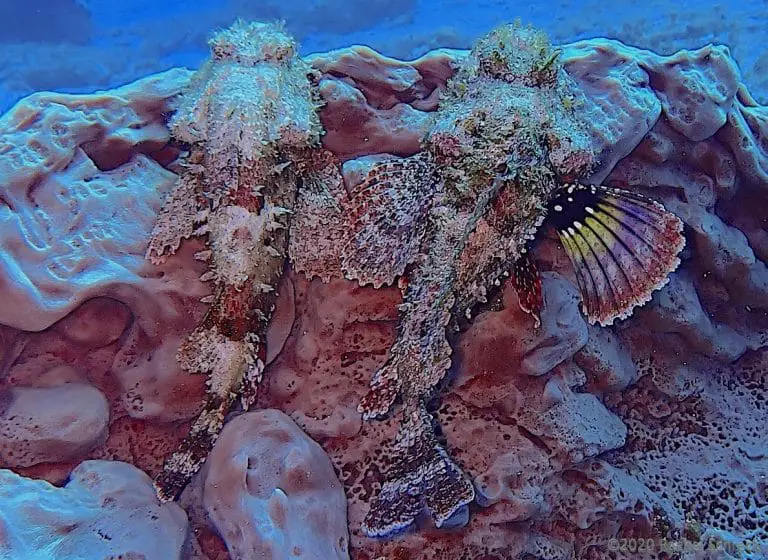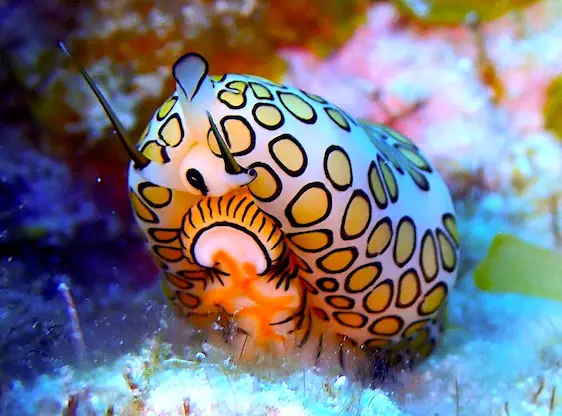Cozumel Marine Life: Unusual Juveniles
On my very first dive trip (which was to Roatan, Honduras), the divemasters were excited when they could point out several juvenile spotted drum fish to our group.
My far more experienced, fellow dive buddies were also enthusiastic about seeing so many of these delicate and graceful little fish.
While the spotted drum is not extraordinarily rare in the Caribbean, we see them in Cozumel only occasionally. I think most of us around here would agree it’s an encounter of the special treat variety.
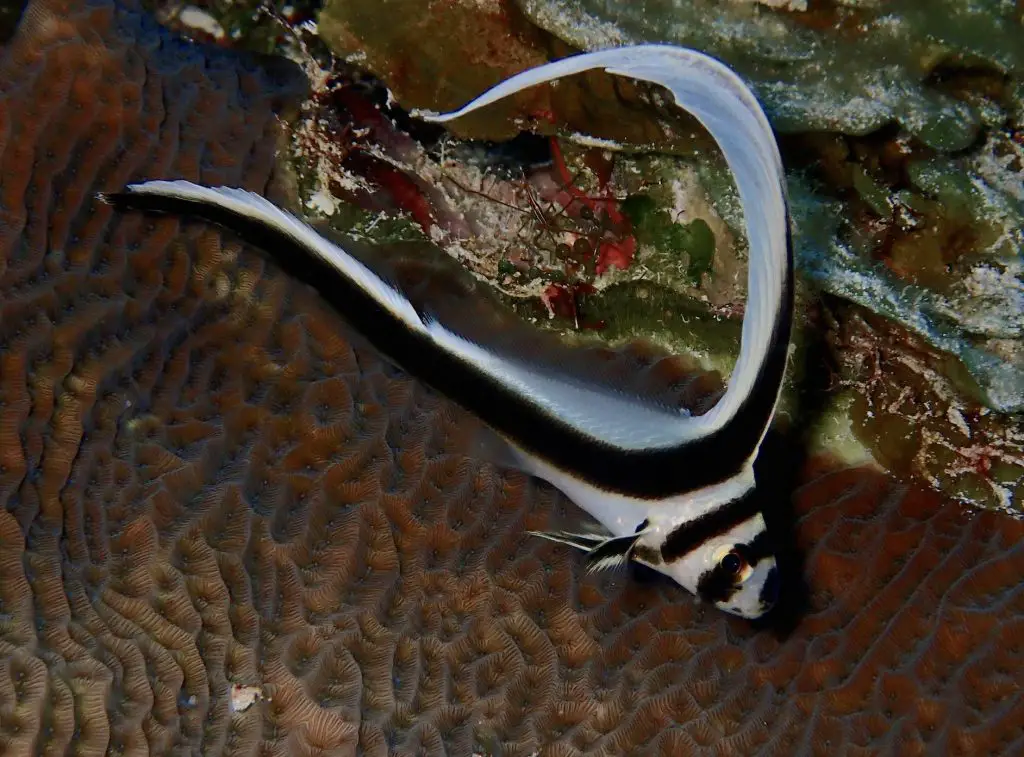
Juvenile Spotted Drumfish
Spotted drumfish (Equetus punctatus) in their juvenile state have long, ribbon-like dorsal fins that flow behind them, as they float and dance around in repetitive patterns, typically in a semi-protected nook in a coral reef.
I immediately thought of the ribbon event in rhythmic gymnastics competitions I used to see on Wide World of Sports – even before I knew the fish is sometimes referred to as a ribbonfish.
Occasionally found in pairs, more often the juvenile drumfish in Cozumel hang out alone, and usually without an adult version in sight.
In fact, it wasn’t until many years later that I saw a full-grown spotted drumfish. The difference is fascinating.
Mature Adult Spotted Drum Fish
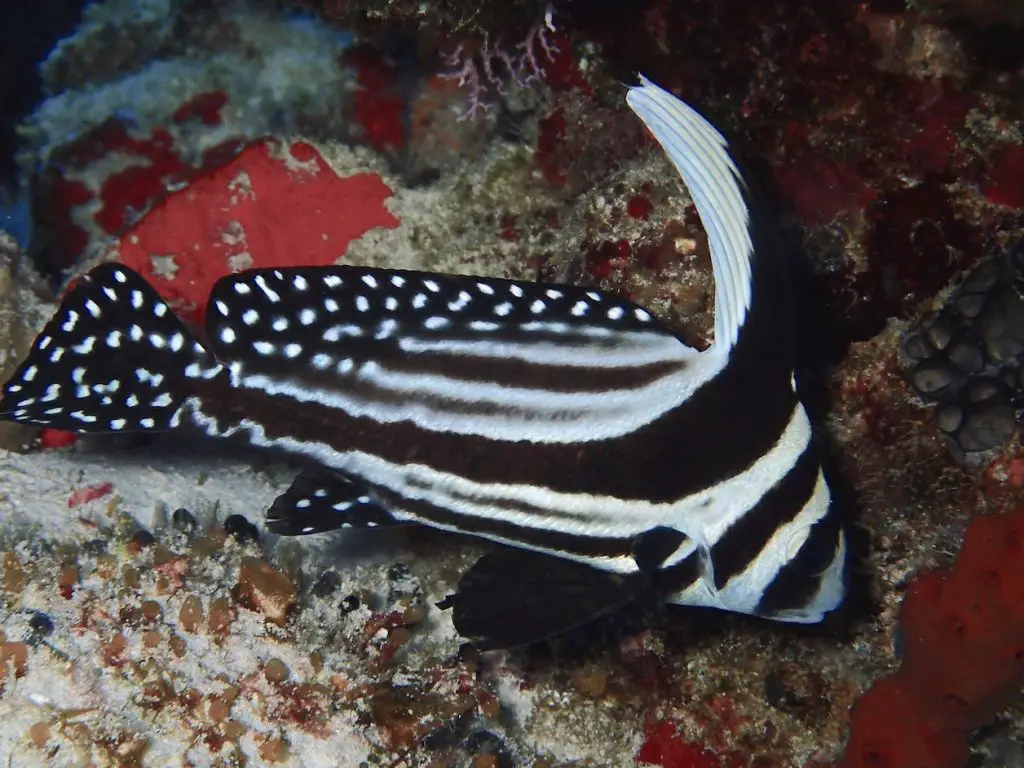
The mature spotted drumfish tends to hide in small caves in the reef, or behind rock or coral outcroppings.
As you can see, their bodies fill out greatly, the ribbon-like dorsal fin becomes more compact and close to the body, and the rear tail and fins get a lot bulkier, and darker, while becoming covered with white spots. Hence, the spotted drumfish.
Marine Animals That Transform from Juvenile to Adult
Sometimes, when you see a juvenile marine animal while diving in Cozumel, it’s obvious what animal it is, and what it will grow into.
In other words, many juveniles look very similar to their adult counterparts.
This tiny juvenile bearded fireworm (chloeia viridis) shown in the first image, below, for example, has the same basic anatomy and coloration as the much larger adult version in the second image.
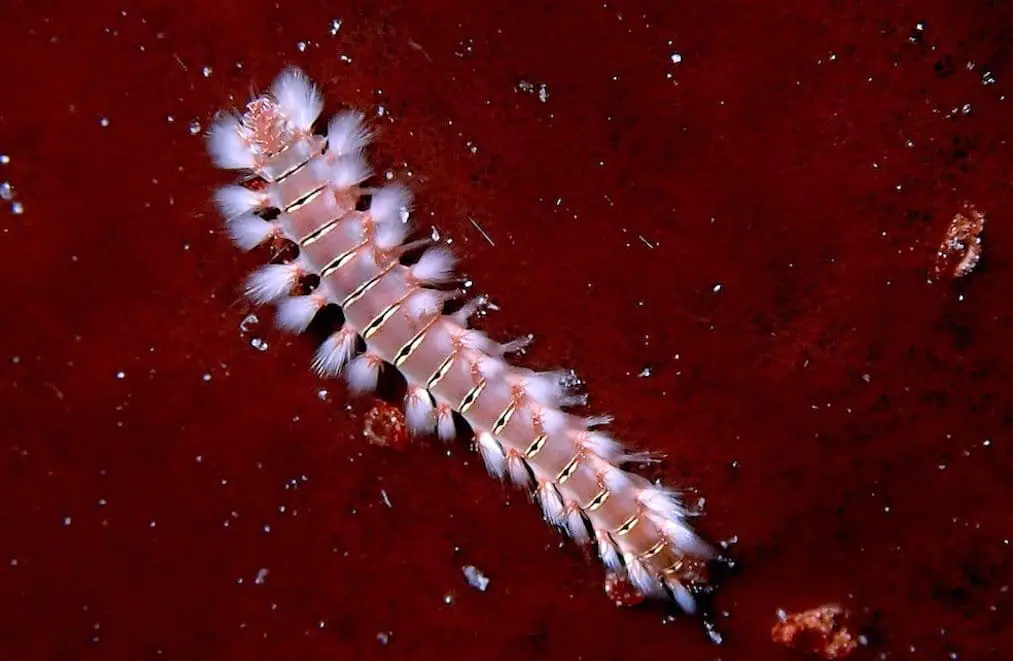
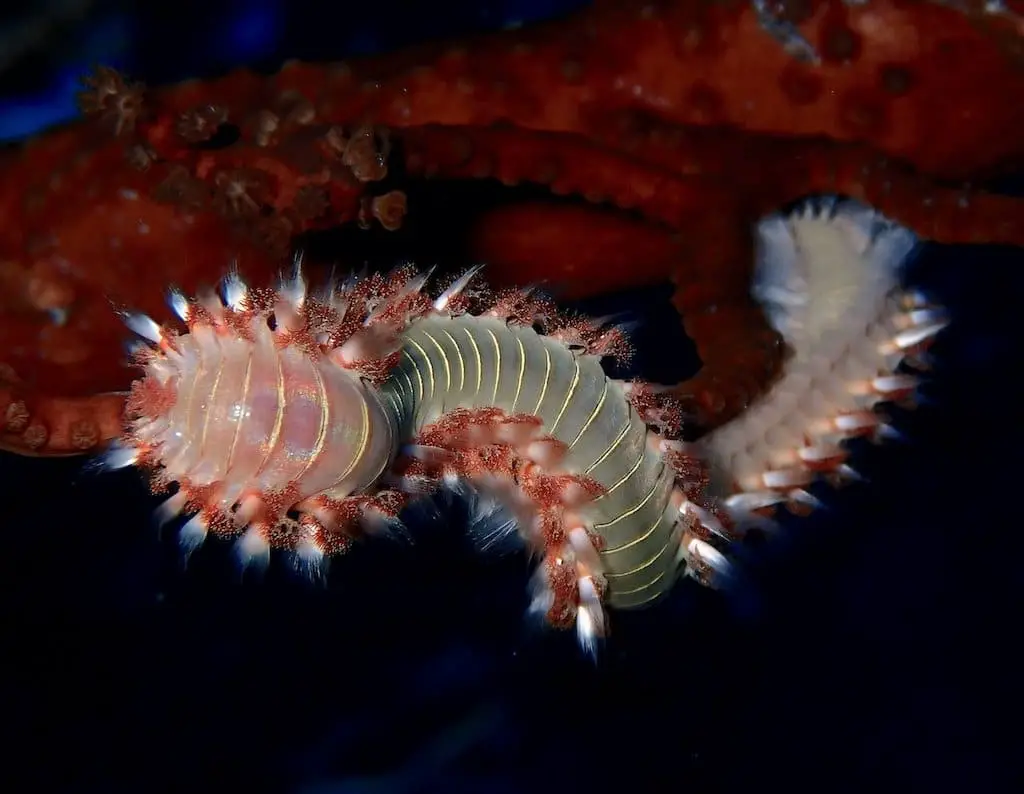
These marine worms, called bearded fire worms, come in several different colorways, but regardless the color, the juvenile will closely resemble its future adult self.
In fact, the vast majority of marine animals have offspring that closely resemble the mature version of their species.
A juvenile may be smaller and simpler in its early stages of life, but still, when you see one, you are pretty darn sure of what you are looking at.
The maturation of this lettuce sea slug (Elysia crispata) is a good example:
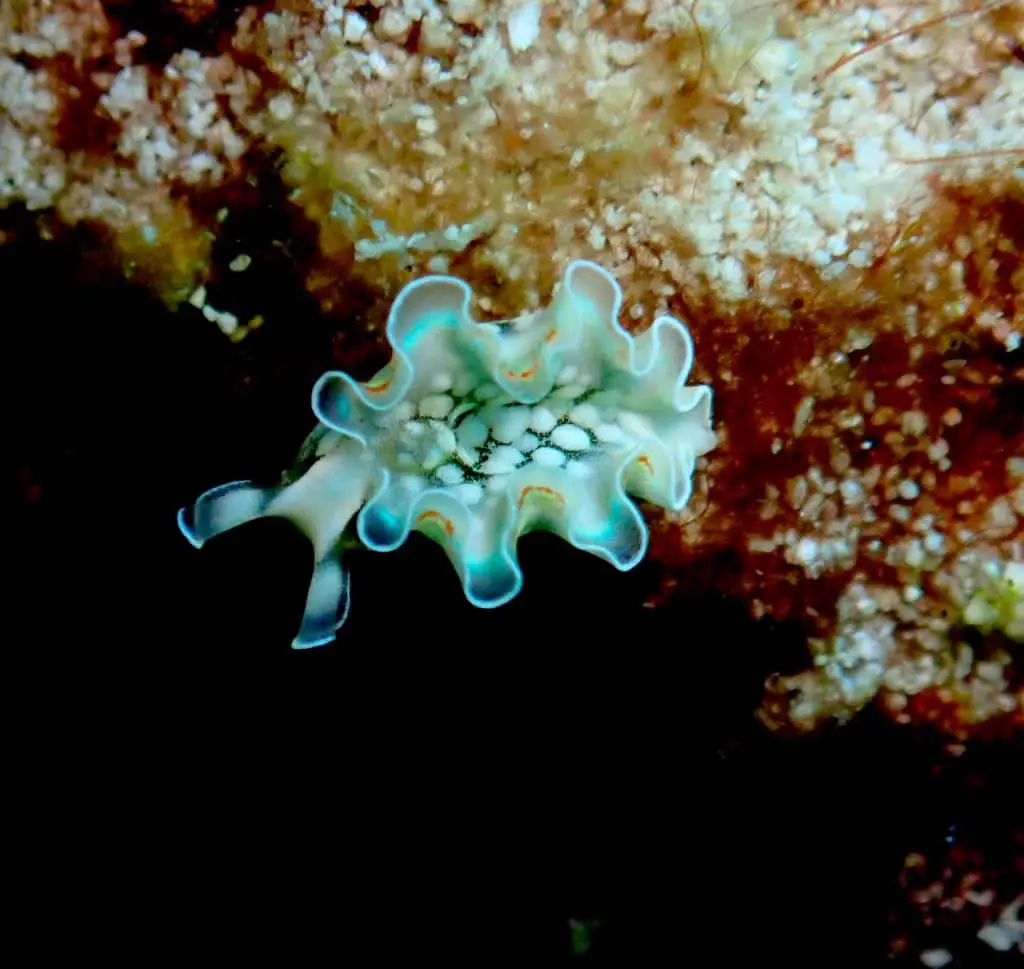
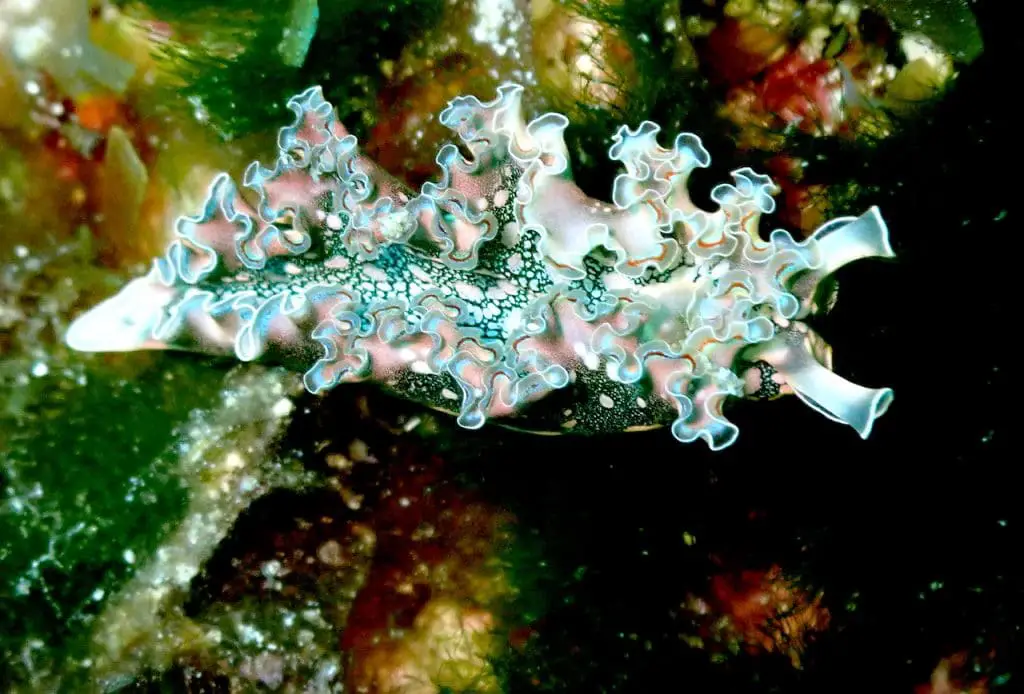
The first one is clearly smaller and has a much less elaborate body shape and far fewer ‘frilly’ skin flaps along its back.
The juvenile lettuce sea slug also exhibits small, simple rhinophores (like nostrils), whereas the adult rhinophores are larger and rolled, due to their maturity.
Meanwhile, there are some other marine animals that start life looking vastly different as a post-larval or juvenile phase fish than they will as they mature and grow into their final mature version.
In Cozumel, some of the most distinctly unusual juveniles come in fish form.
Funky Juvenile Fish Transformations in Cozumel
Here are some of the coolest and most unusual juvenile-to-adult comparisons to be found in the dive sites of Cozumel:
Spotted Drum Fish
As described above, my introduction to unusual juvenile marine critters came via the juvenile spotted drums I first saw in Roatan.
Now living and diving in Cozumel throughout the year, I’m lucky to see many spotted drums here, as well. It’s worth noting, though, that we see far more juveniles than the full adult spotted drum fish.
In all my dives, I’ve only seen about 6 mature adults. They are beautiful, but they are known to hide out during the day and go out hunting at night for their meals of small worms, invertebrates, and crustaceans.
French Angelfish
There are loads of angelfish in Cozumel, most of the Queen, Grey, or French variety.
French angelfish (pomacanthus peru) are particularly abundant, and if you read my related post on Cozumel’s “coupling” marine species, here, you’ll see that they almost always travel in pairs.
You’ll occasionally see the French angelfish in its juvenile and intermediate states, but it certainly helps to know what these less mature angelfish look like.
A very young angelfish looks vastly different than those adults.
It is a tiny (approx. 1″ / 2.5cm), fluttery little fish, with a base color of deep-blue to black, and bright, highly contrasting yellow vertical stripes, as seen here.
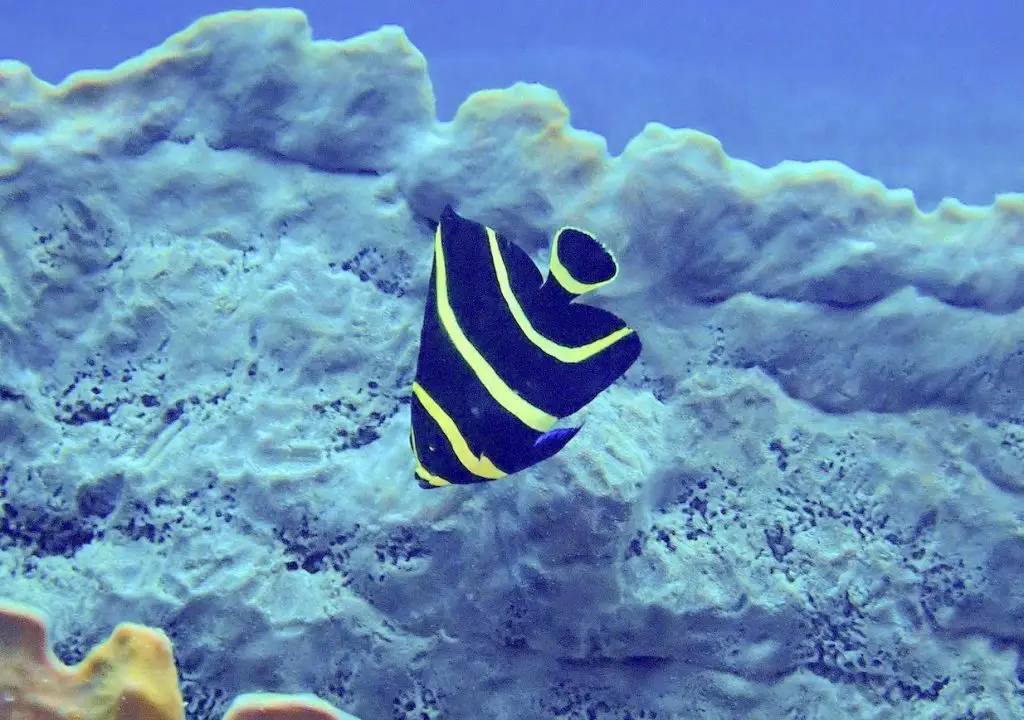
The very young french angelfish are often seen cleaning larger fish species and seem to stay in one territorial area.
As they mature, you can see the stark contrasting stripes fade a bit, and the emerging yellow scale-like markings emerge.
This slightly older (perhaps teenage…) angelfish, below (approx 5-6″ / 14cm), is a great example of the transition that takes place between its juvenile phase, and its full maturity.

Once the French angelfish reaches maturity, the vertical stripes all but fade away, and their bodies become quite large and disk-like, sometimes reaching as large as 20”/ 50cm, and the yellow edges of their scales become even more prominent (see below).
As in this picture, adult angelfish form long-lasting “pair bonds” and travel in pairs, likely a form of cooperation that increases their food opportunities, and the success of their mating and offspring. (See more on some common pair-bonding marine species in Cozumel in this related post, here.)
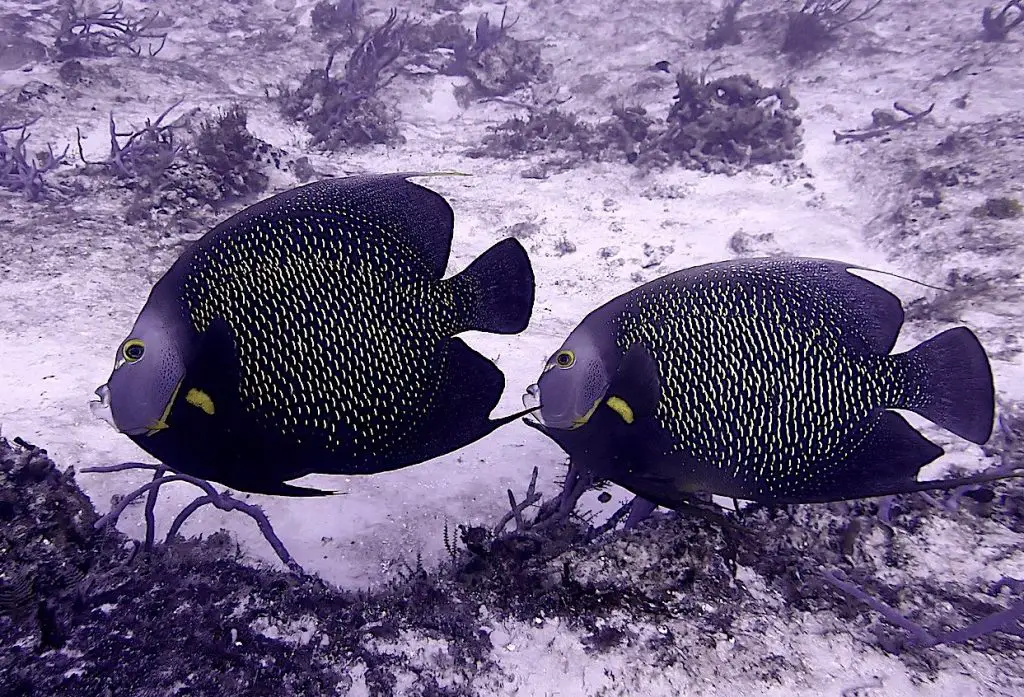
According to the well-known aquarist resource reefbuilders.com, the vast different appearance in the juvenile versions of this fish (and others) may be a form of self-protection. The theory they share is that in some species, the adult fish will be used to fighting for turf and have a sense of competition, or even threat, from other adults in its same species.
If the young immature angelfish looked exactly the same, though smaller, it might be the victim of attacks from the adults of its own species.
Smooth Trunkfish
Another big favorite juvenile critter among Cozumel divers is the tiny and adorable post-larval phase smooth trunkfish (lactophrys triqueter).
Divers often use sign language mimicking ‘rolling dice’ underwater to indicate that a post-larval smooth trunkfish has been found.
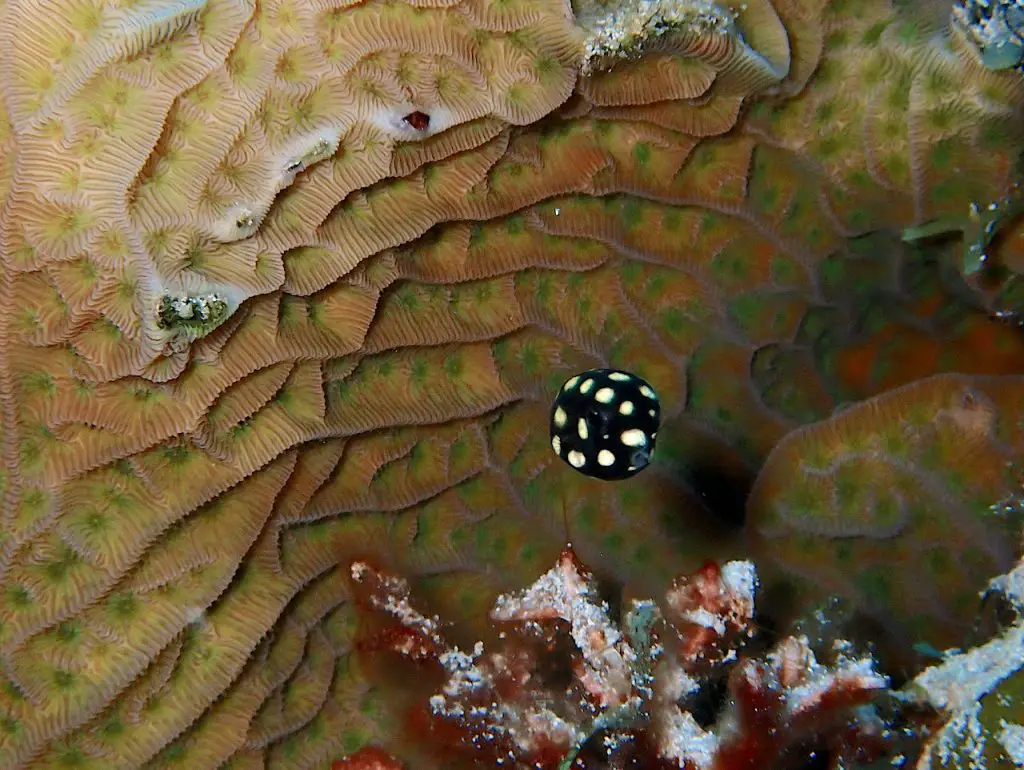
The teeny (.25″ / 1cm) navy-blue-and-yellow, spotted bean-like shape of this extreme juvenile looks like one of the small dice you might use in a game of travel Yahtzee.
The post-larval smooth trunkfish hovers around a certain area of the reef, swimming in and out of crevasses and corals, and takes small pecks off the corals and sponges as it goes.
As the trunkfish, or boxfish as it is sometimes known, grows, its body hardens into a rigid box-like armor, and it gains a mild toxin to keep it safe from certain predators.
The smooth trunkfish moves slowly since it relies only on its few small fins to propel its trunky self through the water.
The fish remains cute, but it becomes larger (about 4″/ 10cm, below) and almost triangular in shape, with pursed lips, and an interesting white, brown and black honeycomb pattern on its skin.

Green Sea Turtle
While of course not a fish, I couldn’t go without mentioning some of our favorite Cozumel turtles and how different they look as they hatch along our southern and eastern beaches, vs how vastly different they look as full-grown adults.
Here, we see the newborn baby green turtle (Chelonia mydas):
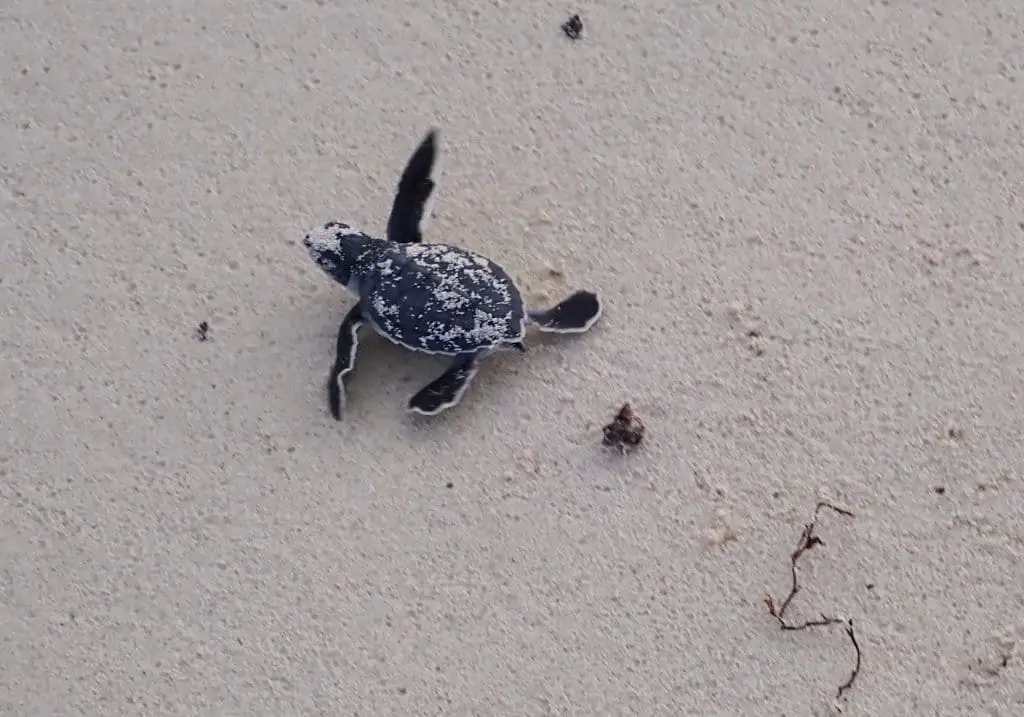
Starting their lives out as wee little black hatchlings, green sea turtles run to the open water just minutes after emerging from their nest – along with approximately 80-90 brothers and sisters.
Years later, many mature green sea turtles will take up residence in the Mesoamerican barrier reef along the west coast of the island.
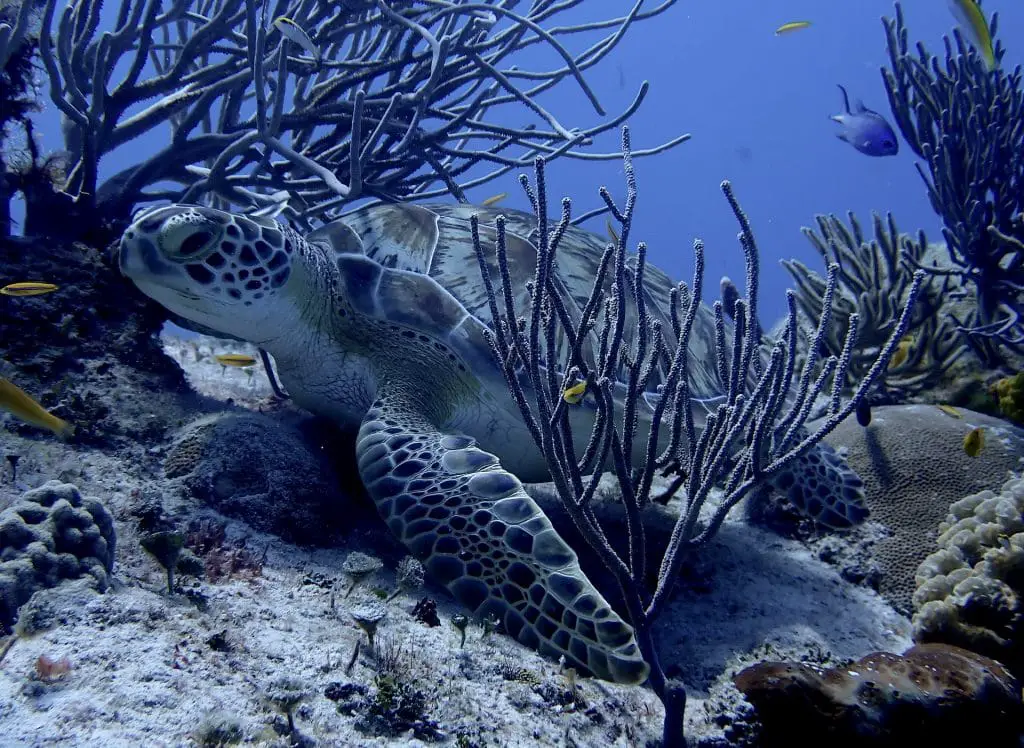
If you come scuba diving in Cozumel, chances are very good that you’ll see at least one of these pretty green sea turtles while diving at one of our many great dive sites in the protected national marine park.
As adults, green sea turtles can grow to be 30-60” / 95cm, and they’ll have a beautifully colored shell in shades of beige, cream, purple, black, and perhaps some green, although they are known as ‘green’ sea turtles more for the green tint of their flesh as they become herbivores later in life.
For more info on Cozumel’s three most common sea turtles, check out this post.
Where to See These Shape-Shifting Fish in Cozumel
Even if you’re not a diver in Cozumel, you can see some of these fish and adult turtles at some of the island’s common snorkeling spots.
To get a good look at newborn sea turtles, your best bet is to volunteer with Cozumel’s Parks Department and join an evening nesting (May – July) or hatching (July – October) event.
Meanwhile, if you’ve had enough of marine life and need to focus on your own juvenile offspring, we’ve put together a true A-Z list of family-friendly activities in Cozumel. Check out this list of 26 activities for you and your kids, right here.
- Easy to use
- Easy to pack
- Easy on the wallet
- Durable, waterproof, dustproof
Learn those critters!
Learn more about Cozumel's fish - including sharks, rays, and eels

